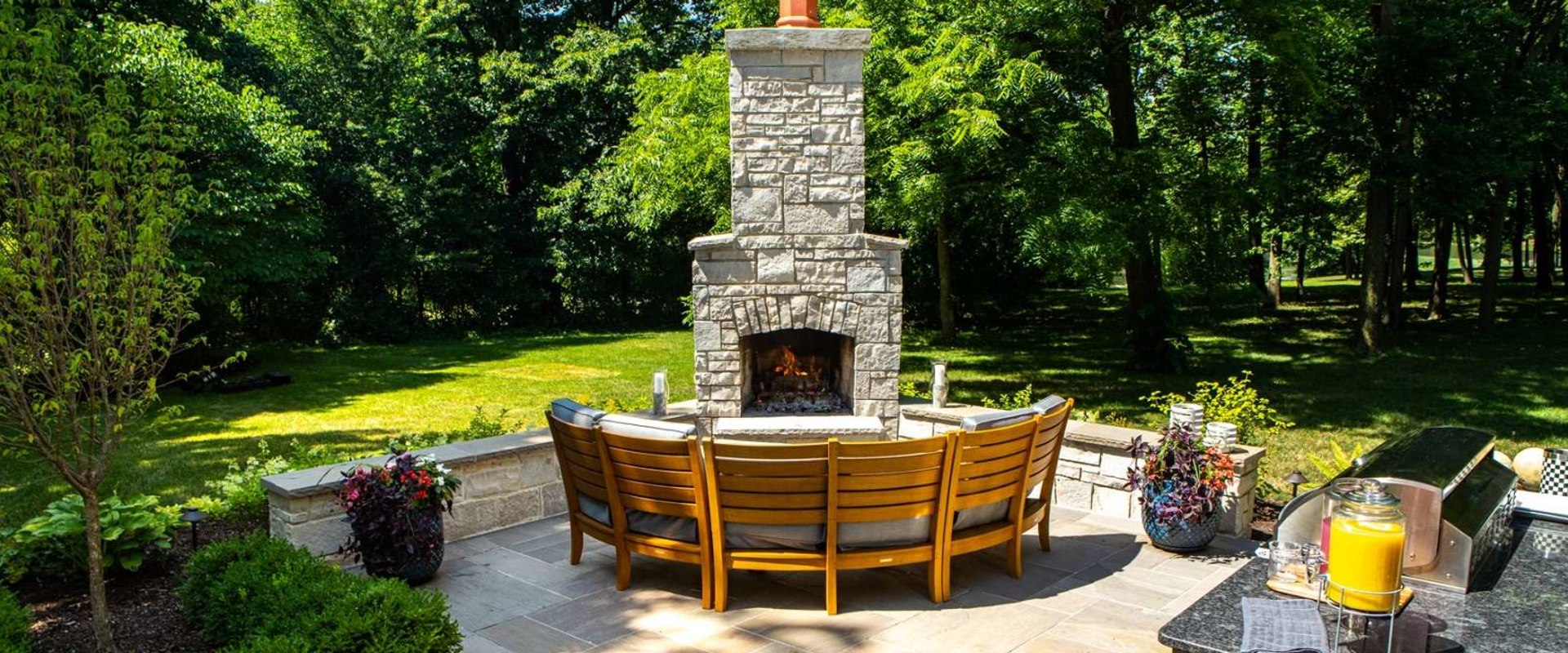The duration of a landscaping project can vary significantly depending on several factors, including the scope and complexity of the design, the size of the area, weather conditions, and the availability of materials and labor. A small, straightforward landscaping task might be completed in a few days, whereas a large-scale, intricate project could take several months. Understanding these variables is crucial for anyone planning a landscaping endeavor, as it helps set realistic expectations and allows for better planning and coordination.
For smaller projects, such as planting a flower bed, installing a garden path, or setting up a simple irrigation system, the timeline is relatively short. These projects typically involve minimal design work and fewer materials, allowing them to be completed quickly. For instance, planting flowers and shrubs or laying down mulch might only take a couple of days to a week, depending on the number of plants and the size of the area. These tasks usually require basic tools and materials that are readily available, which further reduces the time needed to complete them.
In contrast, medium-sized projects like building a patio, constructing raised garden beds, or creating a water feature can take a few weeks to a couple of months. These projects often involve more detailed planning and the use of specialized materials and equipment. For example, constructing a patio requires preparing the ground, laying a foundation, and carefully placing the paving stones or bricks, which can be time-consuming. Additionally, creating a water feature involves plumbing and electrical work, which adds to the overall timeline. Coordinating the different phases of these projects and ensuring that all elements come together smoothly requires careful planning and can extend the duration of the project.
Large-scale landscaping projects, such as complete garden overhauls, extensive hardscaping, or commercial landscaping endeavors, can take several months to complete. These projects typically involve a comprehensive design process that includes site analysis, developing detailed plans, and selecting appropriate plants and materials. For instance, redesigning an entire garden or outdoor space from scratch involves removing existing vegetation, grading the land, installing new irrigation systems, planting large numbers of trees and shrubs, and possibly constructing features like pergolas, walkways, or retaining walls. Each of these steps is labor-intensive and can be affected by external factors such as weather delays or the availability of materials.
Weather is a significant factor that can influence the timeline of a landscaping project. Adverse weather conditions, such as heavy rain, extreme heat, or cold, can delay progress and extend the time needed to complete the work. It’s important to factor in potential weather-related delays when planning a project to avoid unexpected extensions. Additionally, certain landscaping tasks are best performed during specific seasons. For example, planting is often done in the spring or fall when the weather is more temperate, which can impact the scheduling of the project.
The availability of materials and labor also plays a crucial role in determining how long a landscaping project will take. Delays in obtaining necessary materials, such as specific types of plants, paving stones, or other hardscaping elements, can halt progress and extend the timeline. Similarly, the availability of skilled labor, particularly for specialized tasks like stone masonry or irrigation system installation, can affect the duration of the project. Working with a reputable landscaping company that has established relationships with suppliers and a reliable workforce can help mitigate these delays.
For commercial landscaping projects, the integration of commercial furniture can add another layer of complexity and time to the project. Choosing and installing durable, attractive furniture that complements the overall design requires careful planning and coordination. This might include selecting benches, tables, or planters that enhance the aesthetic and functional aspects of the landscaped area, and ensuring that their installation aligns with the project's timeline.
In conclusion, the time required to complete a landscaping project varies widely based on the project's size, complexity, weather conditions, and the availability of materials and labor. Small projects might be finished in a few days, medium-sized endeavors in a few weeks to months, and large-scale or commercial projects could span several months. Proper planning, realistic timelines, and flexibility to accommodate unforeseen delays are essential for the successful completion of any landscaping project. By understanding these factors, property owners can better manage their expectations and work effectively with landscaping professionals to create beautiful, functional outdoor spaces.



